There was a slight decrease in dairy and beef farm greenhouse gas (GHG) emissions in 2022, according to Teagasc’s analysis.
It also found that emissions from sheep and tillage farmers have remained stable this year, contributing to an overall slight decline in emissions for the wider farm sector.
Teagasc researchers detailed the analysis for farm emissions over the past year in the body’s Outlook 2023 report, published on Tuesday.
The GHG emissions indicators used were estimated following the Intergovernmental Panel on Climate Change (IPCC) accounting method and Irish emission factors as employed in the 2020 National Inventory Report for Ireland.
Dairy
The decrease seen in dairy farm GHG emissions this year was driven by a reduction in chemical nitrogen usage, according to Teagasc.
This reduction was sufficient to override projected GHG increases brought about by an estimated 1.42% in dairy cow numbers in 2022.
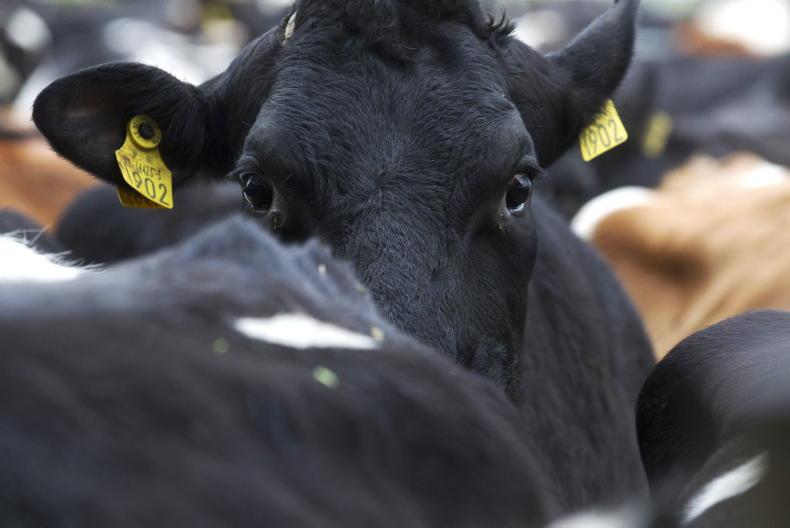
There was a slight decrease in dairy GHG emissions despite an increase in cow numbers, says Teagasc.
The cut to nitrogen use was also sufficient to override the increased carbon dioxide created by higher liming rates.
Beef
Similar to the dairy sector, the Teagasc analysis suggests that per hectare GHG emissions from the beef sector have declined slightly in 2022 compared to 2021.
The researchers again said this was driven by reduction in chemical fertiliser applications which were sufficient to override some increases associated with liming.
Based on the composition of the average cattle herd by age category, animal numbers on beef farms are projected to remain stable. This indicates that there will be no increases in GHG emissions associated additional numbers.
Moreover, suckler cow numbers are estimated by Teagasc to have decreased by 2.88% in 2022, compared to 2021 levels.
Sheep
GHG emissions on sheep farms are projected to have remained stable in 2022 compared to 2021.
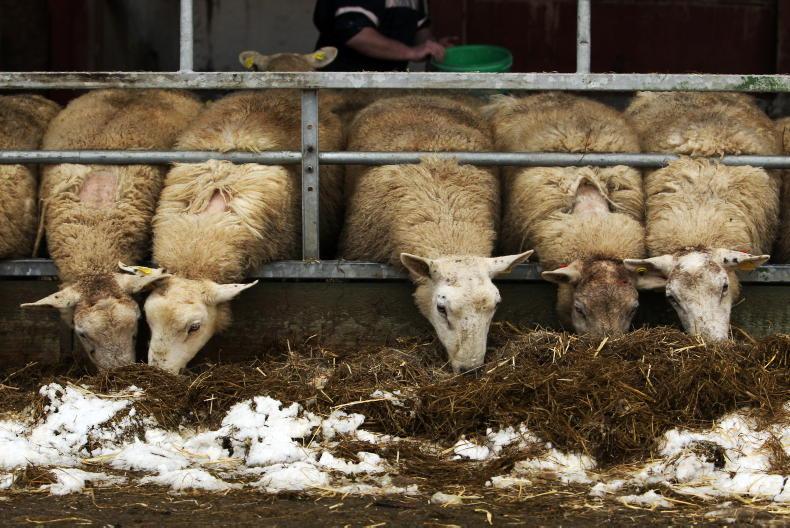
Sheep emissions remained stable, says Teagasc.
While total sheep numbers were up 6.39% this year, the increased emissions associated with these additional animals and increased liming rates were also offset by decreased chemical fertiliser use, Teagasc found.
Tillage
The Teagasc researchers found that similar to sheep farms, emissions on tillage farms are likely to have remained stable in 2022 compared to 2021.
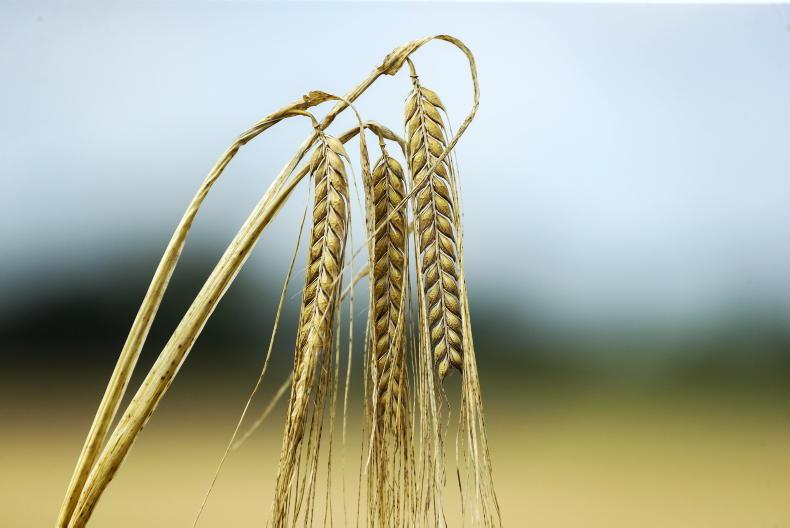
Tillage greenhouse gas emissions stayed stable in 2022, says Teagasc. \ Lorraine O'Sullivan
The drivers of this are also similar to what is projected for sheep with increased emissions associated with increased animal numbers and with increased liming rates being offset by reduced emissions associated with decreased chemical fertiliser use.
Read more
Input costs to continue ravaging farm incomes in 2023
There was a slight decrease in dairy and beef farm greenhouse gas (GHG) emissions in 2022, according to Teagasc’s analysis.
It also found that emissions from sheep and tillage farmers have remained stable this year, contributing to an overall slight decline in emissions for the wider farm sector.
Teagasc researchers detailed the analysis for farm emissions over the past year in the body’s Outlook 2023 report, published on Tuesday.
The GHG emissions indicators used were estimated following the Intergovernmental Panel on Climate Change (IPCC) accounting method and Irish emission factors as employed in the 2020 National Inventory Report for Ireland.
Dairy
The decrease seen in dairy farm GHG emissions this year was driven by a reduction in chemical nitrogen usage, according to Teagasc.
This reduction was sufficient to override projected GHG increases brought about by an estimated 1.42% in dairy cow numbers in 2022.

There was a slight decrease in dairy GHG emissions despite an increase in cow numbers, says Teagasc.
The cut to nitrogen use was also sufficient to override the increased carbon dioxide created by higher liming rates.
Beef
Similar to the dairy sector, the Teagasc analysis suggests that per hectare GHG emissions from the beef sector have declined slightly in 2022 compared to 2021.
The researchers again said this was driven by reduction in chemical fertiliser applications which were sufficient to override some increases associated with liming.
Based on the composition of the average cattle herd by age category, animal numbers on beef farms are projected to remain stable. This indicates that there will be no increases in GHG emissions associated additional numbers.
Moreover, suckler cow numbers are estimated by Teagasc to have decreased by 2.88% in 2022, compared to 2021 levels.
Sheep
GHG emissions on sheep farms are projected to have remained stable in 2022 compared to 2021.

Sheep emissions remained stable, says Teagasc.
While total sheep numbers were up 6.39% this year, the increased emissions associated with these additional animals and increased liming rates were also offset by decreased chemical fertiliser use, Teagasc found.
Tillage
The Teagasc researchers found that similar to sheep farms, emissions on tillage farms are likely to have remained stable in 2022 compared to 2021.

Tillage greenhouse gas emissions stayed stable in 2022, says Teagasc. \ Lorraine O'Sullivan
The drivers of this are also similar to what is projected for sheep with increased emissions associated with increased animal numbers and with increased liming rates being offset by reduced emissions associated with decreased chemical fertiliser use.
Read more
Input costs to continue ravaging farm incomes in 2023








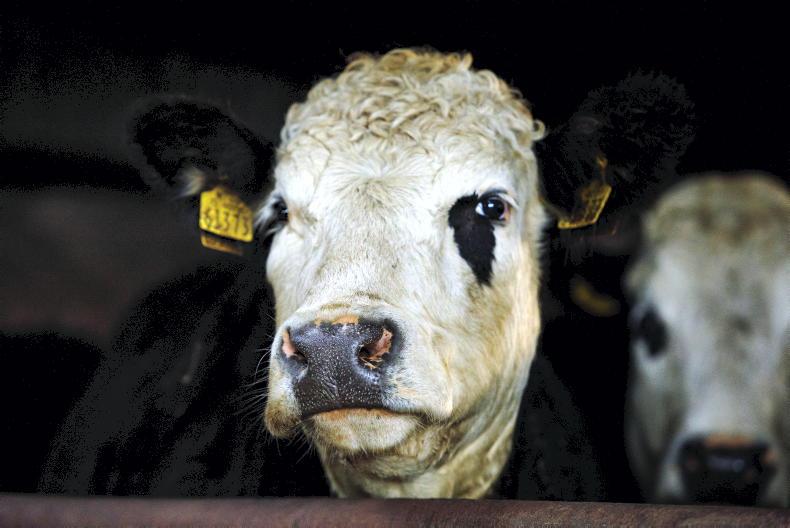
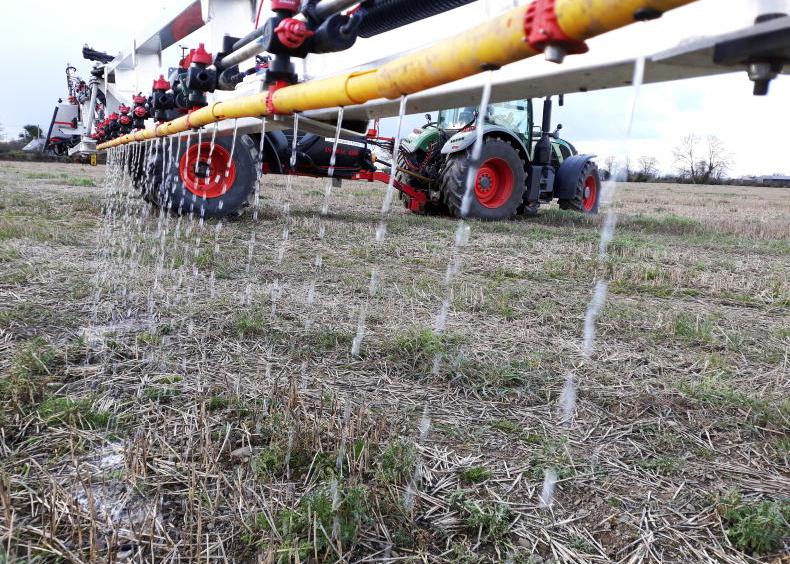
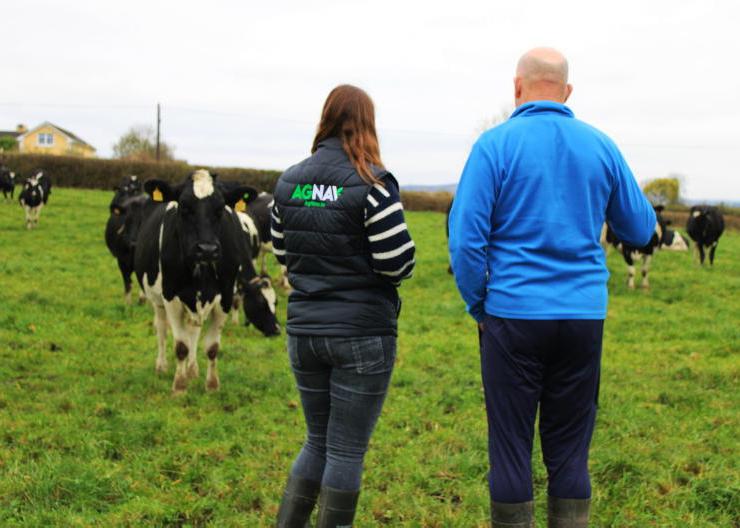
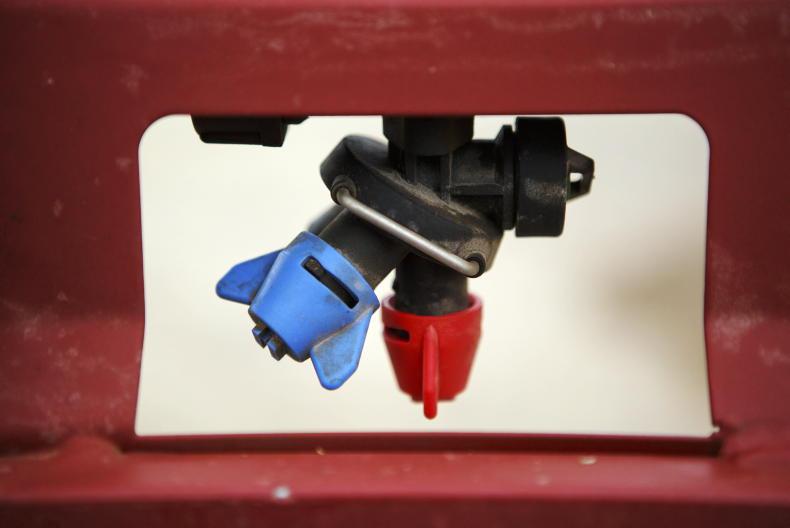
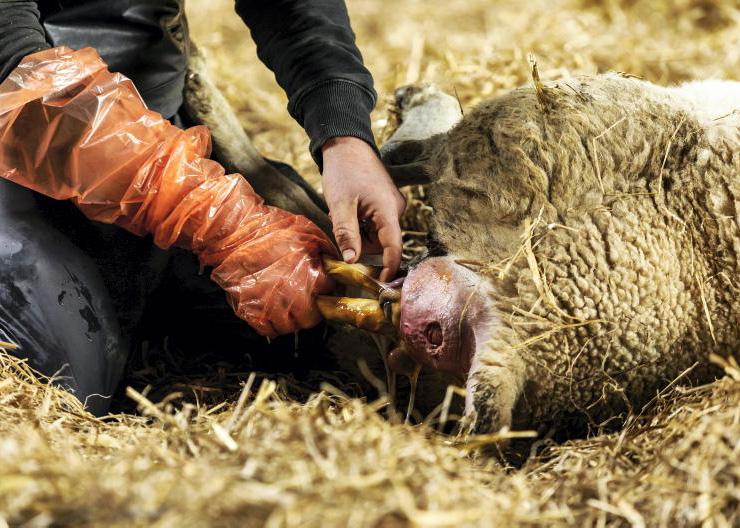
SHARING OPTIONS